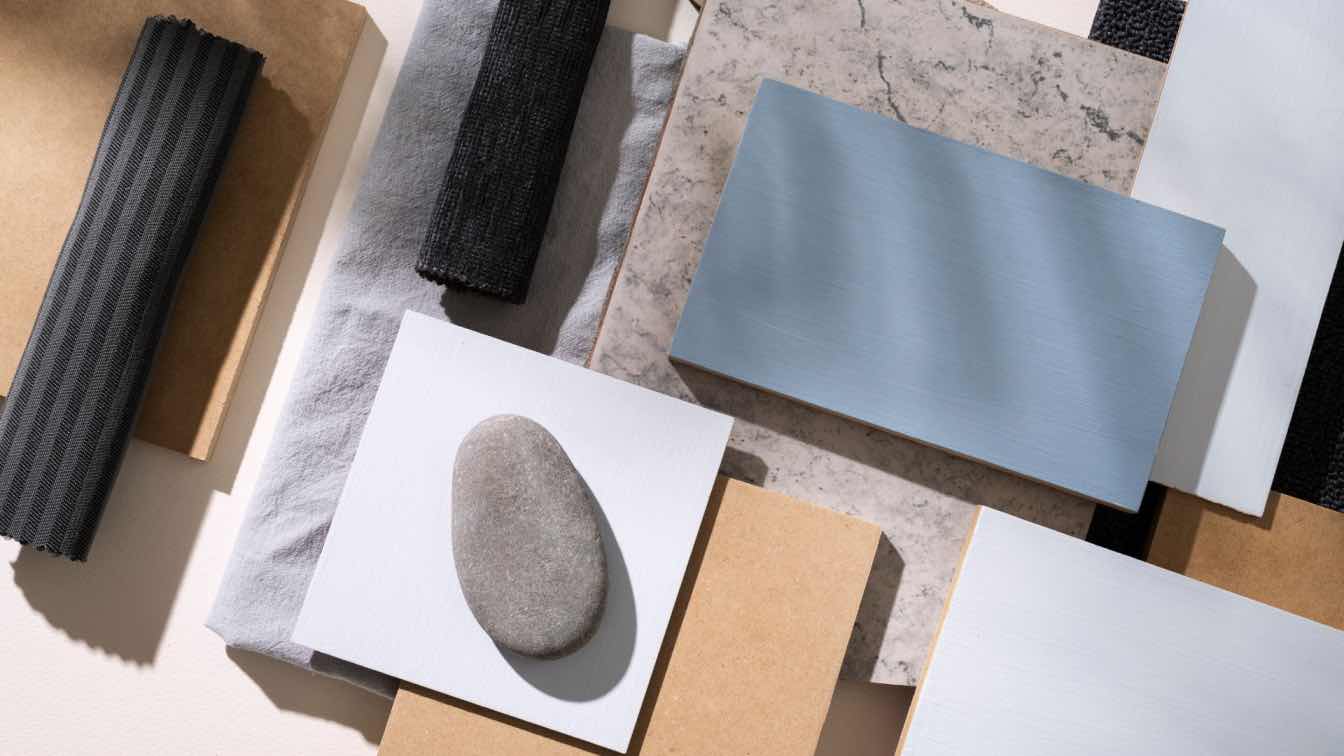Introduction
Think about it: we spend upwards of 90% of our time indoors, breathing in the air that permeates our homes. When that air becomes laden with excess moisture, a domino effect is triggered. Walls become breeding grounds for mold and mildew, their spores silently infiltrating the air we breathe, potentially triggering allergies, asthma, and even respiratory infections. Woodwork warps, paint peels, and even the structural integrity of your home can be compromised as excess moisture weakens materials.
This isn't just speculation – it's the harsh reality faced by countless homeowners every year. But fear not! Just like any silent threat, early detection and proactive measures are key. In the next section, we'll delve deeper into the specific consequences of unchecked humidity, unveiling the insidious ways it can damage your home and your health. Stay tuned, because by understanding the enemy, we can equip ourselves with the tools to combat it.
The Invisible Foe - Humidity
While we readily perceive temperature fluctuations, the subtler realm of humidity often escapes our notice. Yet, this seemingly invisible factor plays a crucial role in shaping the comfort and health of your indoor environment.
Think of humidity as the amount of water vapor present in the air. Expressed as relative humidity (RH), it indicates the percentage of moisture the air can hold at a specific temperature. Ideally, for optimal comfort and health, your home's RH should range between 30% and 50%.
But achieving and maintaining this "Goldilocks zone" can be tricky. Several factors contribute to fluctuating humidity levels:
Activities: Cooking, showering, and even drying laundry release significant moisture into the air, raising RH.
Outdoor Influences: Humid climates naturally lead to higher indoor RH, while drier climates might require additional humidification in winter.
Ventilation: Inadequate ventilation traps moisture indoors, contributing to higher RH.
These fluctuations have consequences. Excessively high RH (above 55%) creates a breeding ground for mold and mildew, notorious for triggering allergies, respiratory problems, and even structural damage. Conversely, excessively low RH (below 25%) can cause dry skin, itchy eyes, and exacerbate respiratory issues like asthma.
When Moisture Becomes Mayhem - Consequences of Unchecked Humidity
Unchecked humidity might seem like a minor inconvenience, but its consequences can range from irritating to downright detrimental. Let's delve into the two main battlefronts where unaddressed moisture wreaks havoc: your health and the structural integrity of your home.
Health Risks
You certainly don’t want to be breathing in air teeming with microscopic threats. When relative humidity climbs above 55%, it creates a perfect storm for the growth of mold and mildew, notorious respiratory irritants. These microscopic organisms release spores that can trigger allergic reactions, exacerbate asthma symptoms, and even lead to respiratory infections. The elderly, young children, and individuals with compromised immune systems are particularly vulnerable.
But the danger doesn't stop there. Mold growth often lurks unseen, hiding within walls, crawlspaces, and attics. As it silently spreads, its spores continue to pollute the air you breathe, potentially causing chronic health problems like fatigue, headaches, and even skin irritation.
Structural Damage
Now, shift your focus from lungs to walls. Excess moisture acts like a relentless enemy, gradually weakening the very fabric of your home. Imagine beautiful hardwood floors warping and buckling under the pressure of trapped moisture. Picture paint peeling away, wallpaper bubbling like a forgotten pot, and even structural elements like floor joists and beams succumbing to the insidious effects of rot.
The damage doesn't stop at the surface. Unchecked humidity can lead to insulation breakdown, reducing your home's energy efficiency and potentially leading to higher utility bills. It can even impact the integrity of roofing materials, increasing the risk of leaks and further moisture problems.
The longer humidity issues persist, the more extensive the damage becomes. Early detection and intervention are crucial.
How Humidity Sensors Save the Day
Having eyes constantly monitoring the invisible foe – humidity – within your home is the reality offered by room humidity sensors, your silent allies in the battle for a healthy and comfortable indoor environment.
Think of these sensors as tiny sentinels, constantly measuring the amount of moisture in the air and providing valuable data at your fingertips. Gone are the days of relying on guesswork or feeling the air for subtle changes. With a quick glance at your sensor's display, you have real-time insights into your home's RH, empowering you to take control.
Here's a breakdown of the common types:
Analog sensors: These basic models offer a simple dial or needle display, indicating RH levels. While affordable and easy to use, they lack the precision and additional features of their digital counterparts.
Digital sensors: These provide accurate RH readings on a digital display, often accompanied by features like alarms for exceeding setpoints and historical data tracking. Some even connect to smart home systems for remote monitoring and automated control.
The beauty of Belimo room humidity sensors lies in their ease of use. Simply place them in key areas of your home (living room, bedroom, basement) and let them do their job. No complex installation or technical knowledge is required.
Remember, early detection is key. By promptly addressing spikes or dips in RH, you can prevent the harmful consequences discussed earlier. But the benefits go beyond just preventing problems:
Improved comfort: Maintaining optimal RH levels not only protects your health but also creates a more comfortable living environment, reducing dry skin and respiratory issues.
Energy savings: By controlling humidity, you can optimize your HVAC system's performance, potentially leading to lower energy bills.
Peace of mind: Knowing you have a watchful eye on your home's air quality brings peace of mind and allows you to focus on what truly matters – enjoying your haven.
Implementing Your Humidity Defense System
Now that you understand the crucial role humidity sensors play in safeguarding your home and health, let's equip you with the knowledge to choose and deploy them effectively. The right sensor in the right place becomes your first line of defense against the detrimental effects of unchecked moisture.
Selecting a Sensor:
Room Size: Consider the sensor's coverage area in relation to the room size. Larger rooms might require multiple Dwyer room humidity sensors for accurate readings.
Features: Prioritize features based on your needs. For basic monitoring, a simple digital hygrometer suffices. If you desire remote monitoring or smart home integration, opt for Wi-Fi-enabled sensors.
Budget: Sensors range in price based on features and complexity. Determine your budget and choose the option that offers the best value for your needs.
Positioning for Precision
Placement is crucial for accurate readings. Here are some basic guidelines:
Avoid Extremes: Keep sensors away from direct sunlight, heat sources, and drafts, as these can skew readings.
Central Location: Place sensors in areas representative of the overall room humidity, ideally at mid-wall height.
Multiple Monitors: For large homes or uneven humidity distribution, consider installing ACI room humidity sensors in key areas like bathrooms, basements, and attics.
Advanced Options for Enhanced Control
While basic sensors provide valuable data, consider these advanced features for proactive control:
Smart Home Integration: Integrate sensors with smart thermostats or air purifiers to trigger automated adjustments based on humidity levels.
Data Logging and Alerts: Opt for sensors that store data and send alerts when RH exceeds desired limits, prompting timely intervention.
Multi-Sensor Systems: Consider systems with multiple sensors that communicate and provide a comprehensive picture of your home's humidity profile.
Conclusion
Unchecked humidity, as we've seen, poses a significant threat to your health and the structural integrity of your home. Mold growth, respiratory problems, warped wood, and peeling paint are just some of the potential consequences. But by actively monitoring and controlling your home's RH levels, you can transform your living space into a haven of comfort and health.
Mamac room humidity sensors empower you with proactive measures. They provide real-time data, allowing you to identify and address potential issues before they escalate. Imagine the peace of mind knowing your family isn't breathing air laden with mold spores or waking up to stuffy sinuses caused by excessive moisture.
Moreover, sensors help you optimize your HVAC system. By integrating them with smart thermostats or air purifiers, you can automate adjustments based on RH levels, leading to improved energy efficiency and reduced utility bills. This translates to cost savings and a smaller environmental footprint, responsible choices for your wallet and the planet.
Investing in humidity sensors is not just about technology; it's about investing in your family's well-being and the longevity of your home. Remember, early detection and proactive control are key. By prioritizing optimal air quality and taking advantage of the silent vigilance offered by these sensors, you ensure your home remains a healthy, comfortable haven for years to come.





